
A view of the ice canyon that now carries meltwater from the Kaskawulsh glacier, seen here on the right, away from the Slims river and toward the Kaskawulsh river. Photograph: Dan Shugar/University of Washington Tacoma
First ever observed case of ‘river piracy’ saw the Slims river disappear as intense glacier melt suddenly diverted its flow into another watercourse
theguardian.com - by Hannah Devlin - April 17, 2017
An immense river that flowed from one of Canada’s largest glaciers vanished over the course of four days last year, scientists have reported, in an unsettling illustration of how global warming dramatically changes the world’s geography.
The abrupt and unexpected disappearance of the Slims river, which spanned up to 150 metres at its widest points, is the first observed case of “river piracy”, in which the flow of one river is suddenly diverted into another.
(READ COMPLETE ARTICLE)
ALSO SEE RELATED ARTICLES WITHIN THE LINKS BELOW . . .






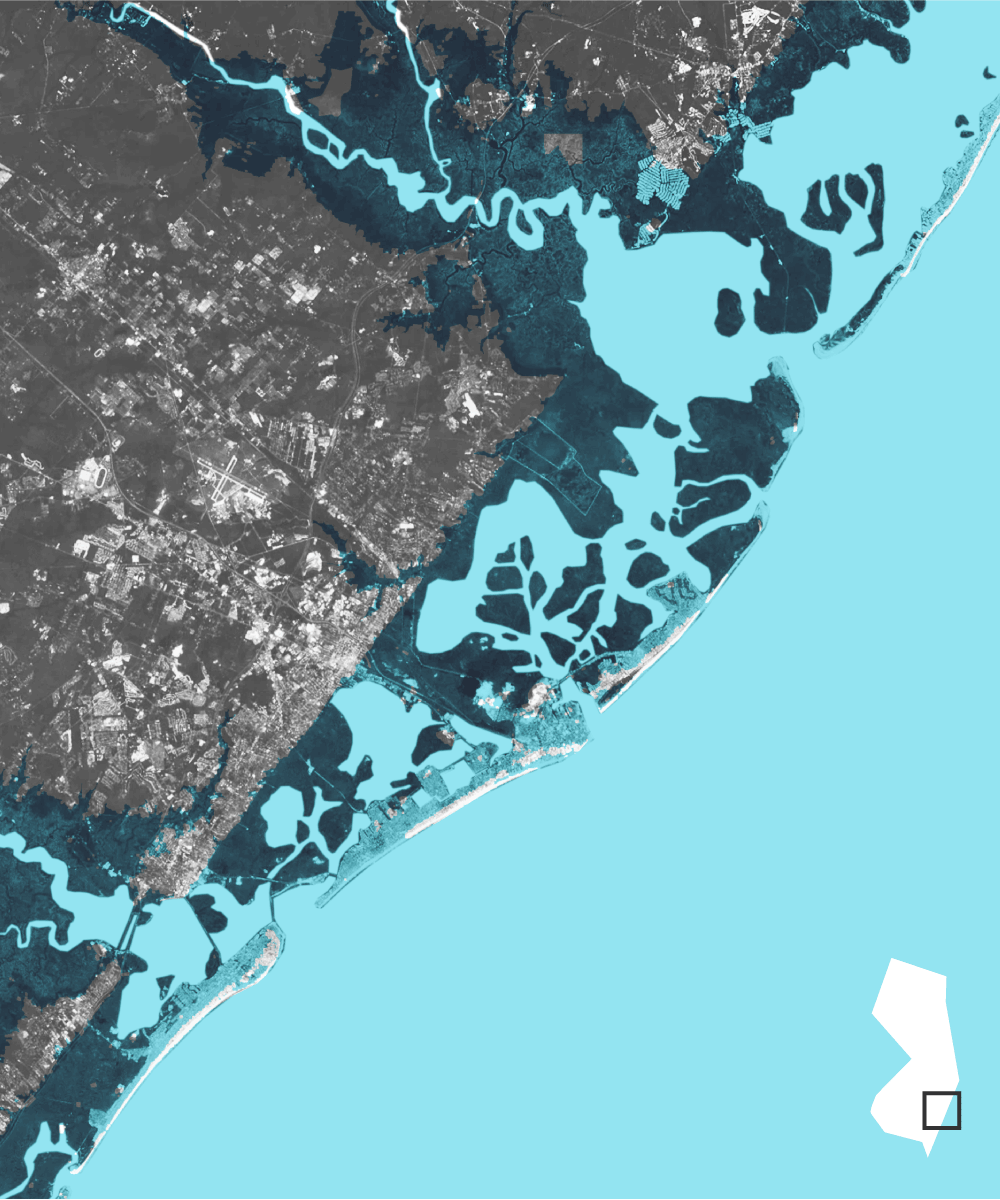

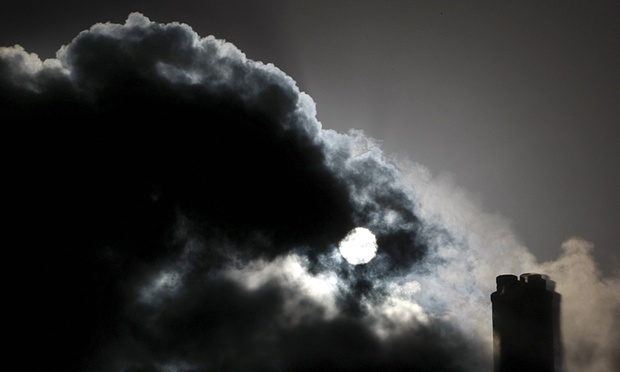
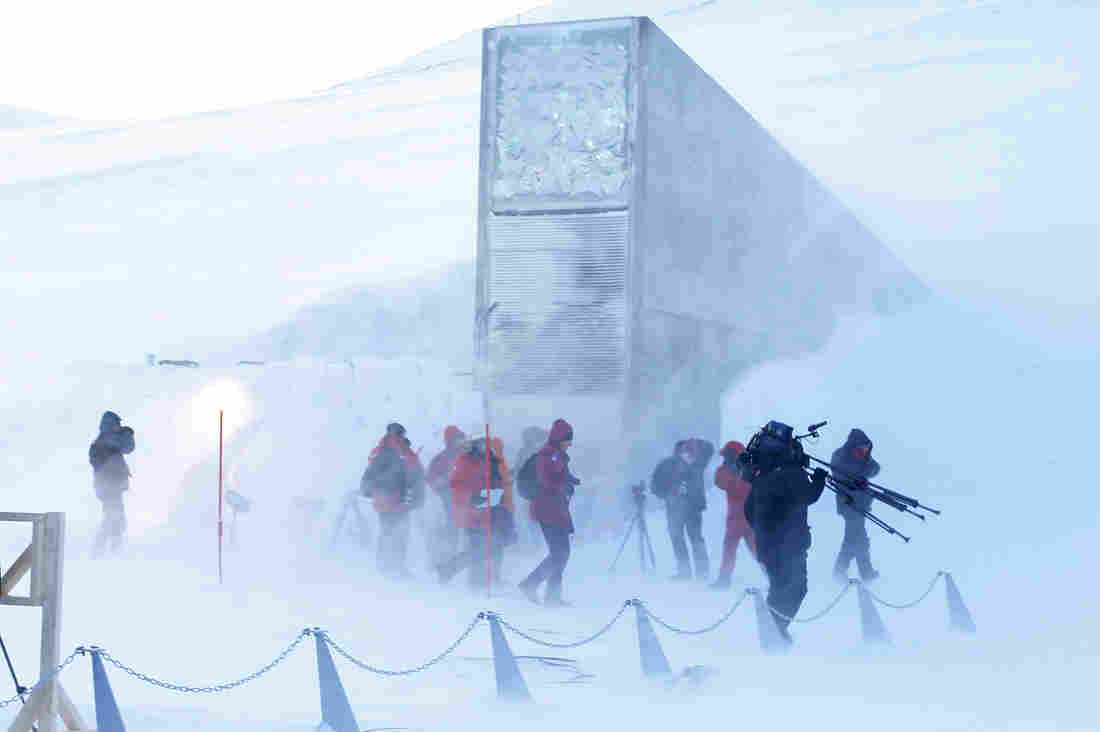
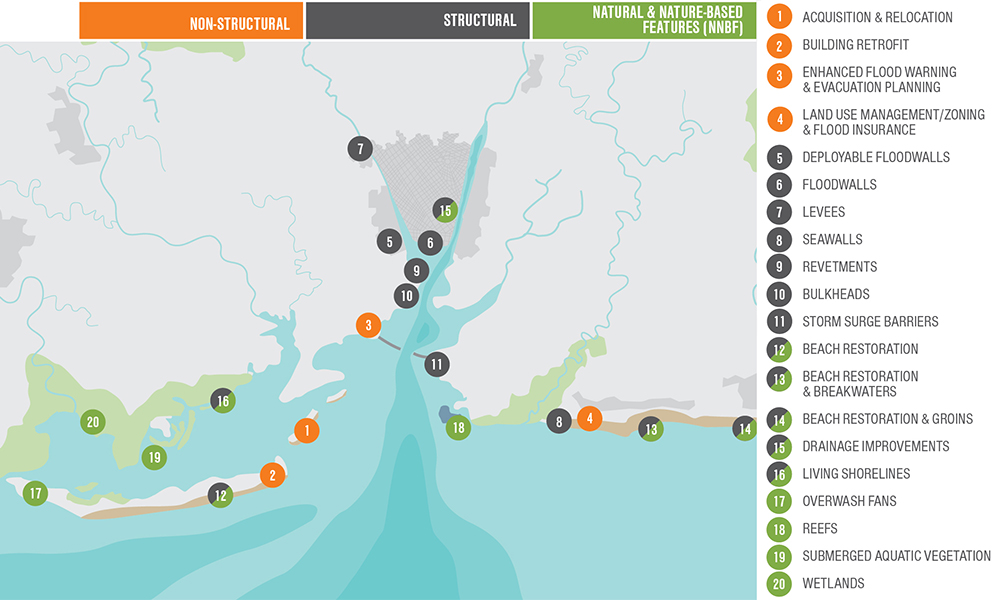
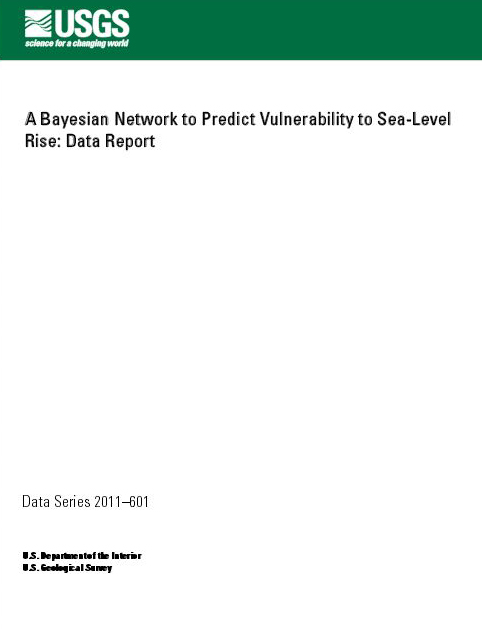
Recent Comments